UAV (Unmanned Aerial Vehicles) Propulsion Systems
With this article, I want to discuss the various options for UAV’s looking to use internal combustion engines for their primary propulsion system and then focus on why I believe Wankel Rotary engines are the premier choice for this application.
We first have to look at what vehicle manufacturers expect from their engines. Primary requirements include reliability, high power density, excellent efficiency, and low total cost of ownership. In addition to these primary requirements, their secondary needs are for the engines to be as small, light, quiet and vibration-free as possible. Oh, and also if possible they would like engines to have the ability to run on multiple fuel types.
So to understand which engines are the best choice for UAV’s, we first have to look at what vehicle manufacturers expect from their engines. Primarily, requirements such as reliability, high power density, excellent efficiency, and low total cost of ownership top the list. In addition to these primary requirements, their secondary needs are for the engines to be as small, light, quiet and vibration-free as possible. Oh, and also if possible they would like engines to have the ability to run on multiple fuel types. Not much, then!
Next, we need to look at the engine technologies that are currently available in the market and see how they stack up against these requirements (please remember this is in the context of UAV’s, not general manned aviation).
2-Stroke Piston engines
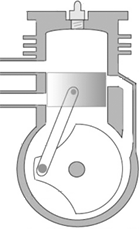
4-Stroke Piston engines
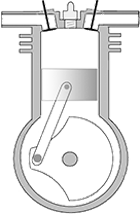
Diesel engines
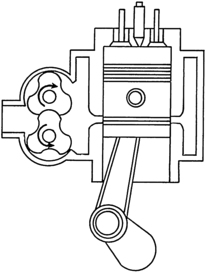
Wankel Rotary engines
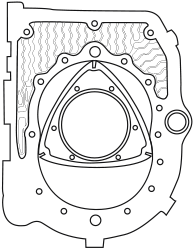
As can be seen, all the various internal combustion engine types have strengths in some areas and weaknesses in others. In many ways, this is why you find so many different technologies available.
If you want the lowest initial purchase-priced engine, you buy a two-stroke and put up with it shaking your vehicle to pieces. If your goal is ultimate efficiency for long endurance missions, then you would choose a heavy diesel engine as the initial engine weight is less significant than the weight of the fuel you will be carrying. But overall, I think it’s safe to say that on balance, Wankel rotary engines offer the best combination of benefits with the least number of weaknesses. The weaknesses they do have are also easily mitigated with very little loss in performance.
Rotaries have chalked up millions of flight hours in service, a lot of which has been in extremely demanding operational conditions.
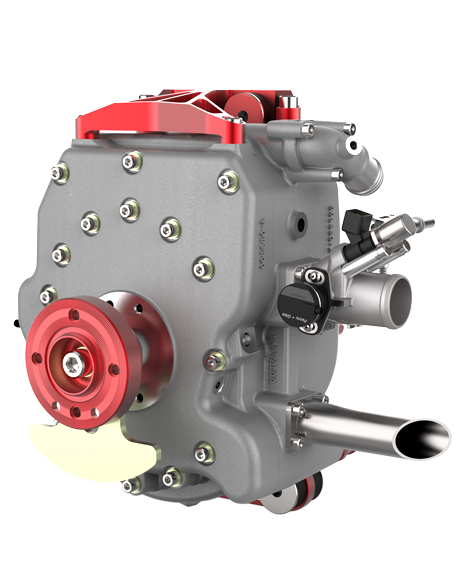
AIE’s world-class 225CS – 40 BHP UAV engine Wankle rotary engine
The world-class 225CS – 40 BHP rotary engine that delivers market-leading performance in terms of power, weight, efficiency and reliability.
So the next question you might ask is: Why don’t more UAV’s use Wankel engines?
In simple terms, the primary reason more Wankel engines do not feature in more UAV platforms is down to misconceptions and a lack of understanding of the engines’ core technology. It’s an age-old problem if people don’t understand something they pick up on snippets of news and disinformation, then fill in the gaps and go with the flow. In the case of rotaries, most of the information about them relates to the historical use of Wankel engines in automotive applications, and in most cases is decades out of date.
So, just to clear the air, modern Wankel engines, such as AIE’s, do not suffer from apex seal wear. They do consume oil, but far less than two-strokes and more than four-strokes. They are not as efficient as diesel or the best four-stroke engines but are hugely more efficient than two-strokes. They tend to be more expensive to buy, due to lower manufacturing volumes, but their TCO (Total Cost of Ownership) for a UAV application is less than most of the other engines, as Wankel engines have few moving parts to service and deliver excellent reliability and endurance between overhauls.

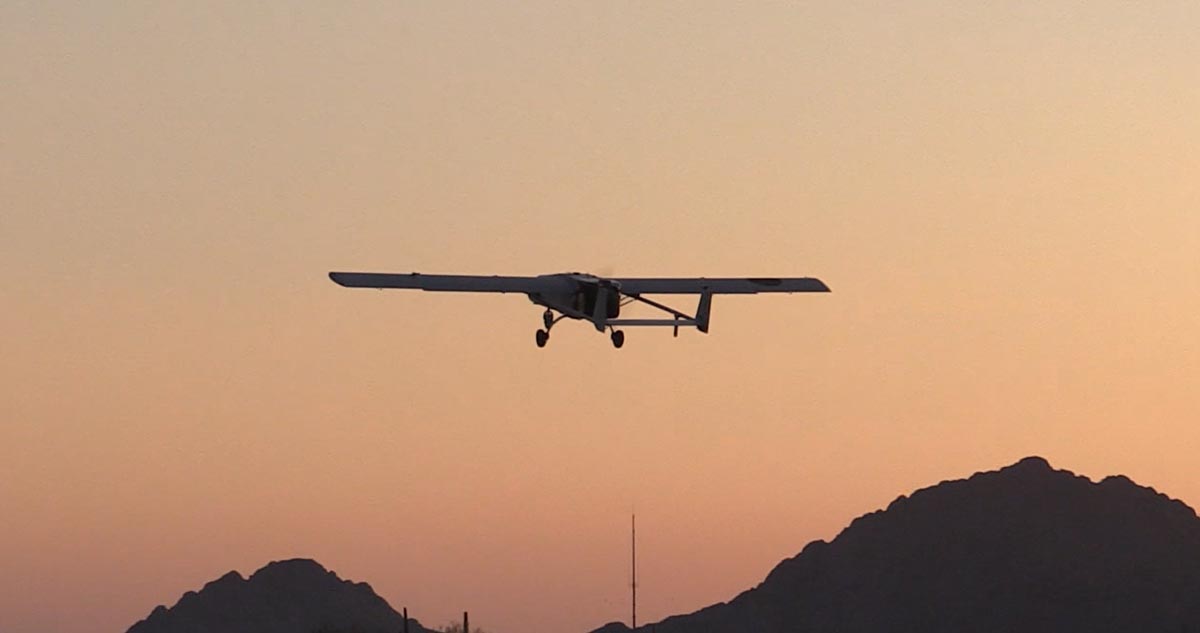
With regards to pedigree in the UAV sector, Wankel rotary engines currently are installed into some of the world’s most successful and proven platforms. These platforms include Textron’s Shadow, IAI Malat Searcher, Elbit Hermes 450, Leonardo’s Falco, IAI MBT Harpy and Harop, Schiebel’s Camcopter and the UK’s Watchkeeper programme. Rotaries have chalked up millions of flight hours in service, a lot of which has been in extremely demanding operational conditions.
Ok, so rotary engines are an excellent fit for UAV’s, but why should I choose an AIE rotary engine?
I naturally lean towards AIE, but putting that to one side, I do believe that AIE has made the most significant step forward in rotary engine development for UAV’s in the last 40 years with the development and implementation of its SPARCS cooling technology. SPARCS is a real game changer and the result of some fantastic left-field thinking and a considerable amount of experience. It builds on the already identified and proven advantages of rotary engines for UAV propulsion, and further enhances engine performance, life, reliability and efficiency, while also reducing oil consumption and improving thermal stability. Sounds too good to be true? Well, maybe, but in the case of SPARCS, the reality is as good as the claims. To find out more about AIE’s unique SPARCS technology, please follow this link to our website (http://www.aieuk.com/sparcs/).

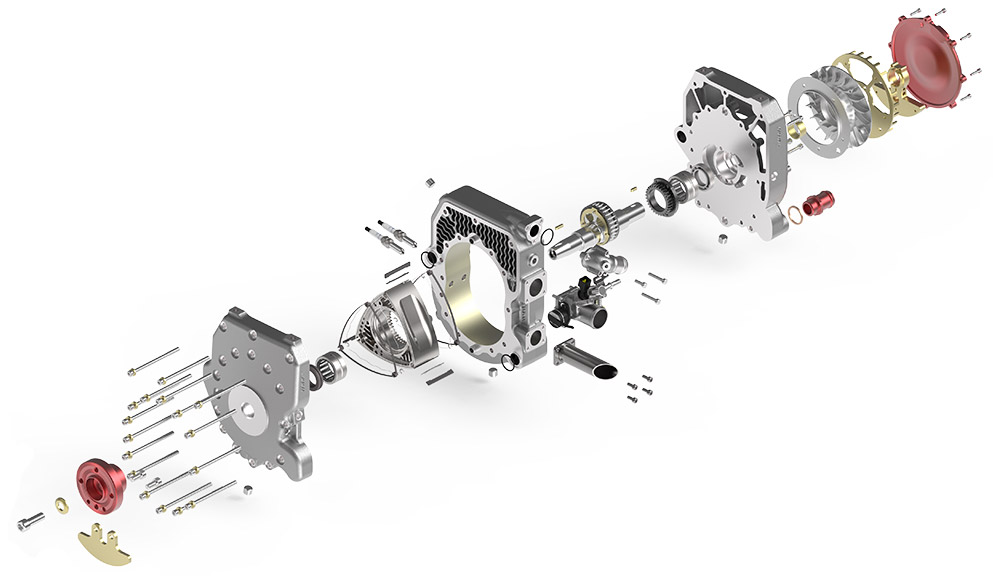
AIE has made the most significant step forward in rotary engine development for UAV’s in the last 40 years with the development and implementation of its SPARCS cooling technology.
In summary, if you have not considered a rotary for your UAV project before, then maybe it’s time to re-evaluate your engine choice and undertake some analysis for yourself. I think you’ll find that rotary engines can deliver some fantastic, game-changing advantages for your vehicle.
For more information, please visit AIE’s website www.aieuk.com, and don’t hesitate to contact us to discuss your requirements.




specific fuel consumption?